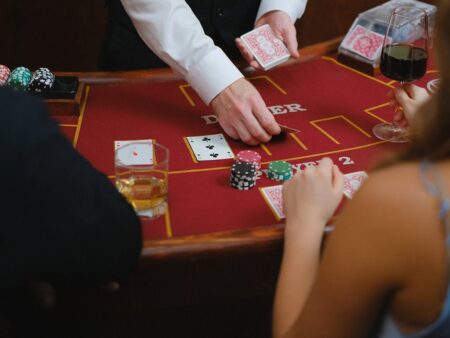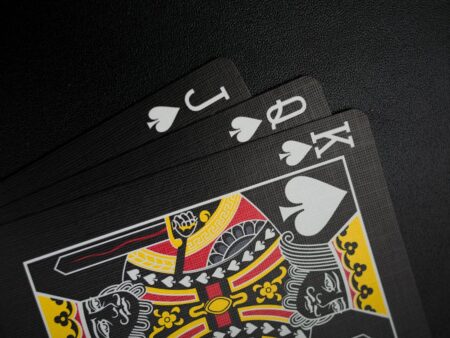Blackjack, often referred to as 21, is one of the most popular casino games worldwide. Players aim to achieve a hand total closer to 21 than the dealer without exceeding it. The game is renowned for its strategic depth, and one of the key betting options available to players is the Insurance bet. This guide delves into the intricacies of Blackjack Insurance, explaining its mechanics, strategic implications, and whether it is a worthwhile option for players.
What is Blackjack Insurance?
Blackjack Insurance is a side bet that becomes available under specific conditions during a game. Typically, Insurance is offered when the dealer’s upcard is an Ace. The premise of this bet is that players can wager on the likelihood that the dealer has a Blackjack, which occurs when the dealer’s two cards sum to 21 (usually an Ace and a 10-value card).
How Does the Insurance Bet Work?
When the Insurance option is available, players can place a smaller bet, usually half of their initial wager. The Insurance bet is on the dealer having a Blackjack. If the dealer does indeed have a Blackjack, the player loses their main bet but wins the Insurance bet, which typically pays out at a 2:1 ratio. Conversely, if the dealer does not have a Blackjack, the player loses the Insurance bet.
Probability and House Edge
The attractiveness of the Insurance bet largely depends on its probability and the associated house edge. The probability that the dealer has a Blackjack is influenced by the number of 10-value cards remaining in the deck. If there are more 10-value cards left, the probability increases. However, even with a higher probability, the payout for the Insurance bet may not justify the risk due to the high house edge.
When to Take Insurance
Deciding whether to take Insurance should be based on the dealer’s upcard and the player’s hand. Generally, if the dealer’s upcard is an Ace, and the player has a strong hand, taking Insurance might seem appealing. However, the high house edge means that, in the long run, the Insurance bet is not advantageous to the player.
Strategic Considerations
The Insurance bet is primarily a side bet and does not interfere with the main game strategy. However, understanding its implications is crucial for overall strategic play. Players should be aware that the Insurance bet is generally not recommended due to its high house edge.
Common Misconceptions
One common misconception is that taking Insurance is a safe bet or that it guarantees a win. In reality, the Insurance bet carries a high risk and is not a reliable way to secure winnings. Players should also be aware that the Insurance bet is not always available in every Blackjack variation.
Conclusion
Blackjack Insurance is a side bet that allows players to hedge against the dealer having a Blackjack. While it can provide a safety net in specific situations, the high house edge means it is not a strategically sound option for most players. Understanding the mechanics and implications of the Insurance bet is essential for making informed decisions at the Blackjack table. As with any betting option, players should weigh the potential benefits against the risks and consider their overall strategy before placing an Insurance bet.











